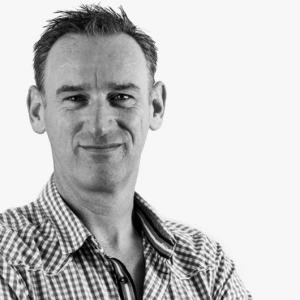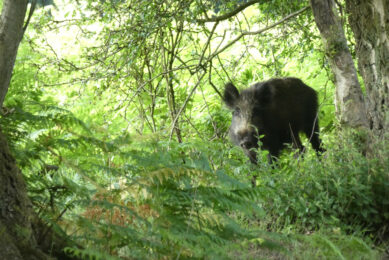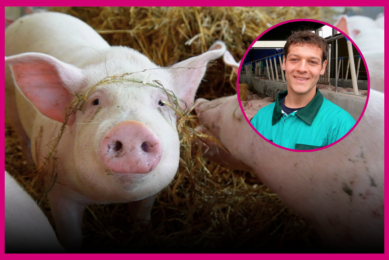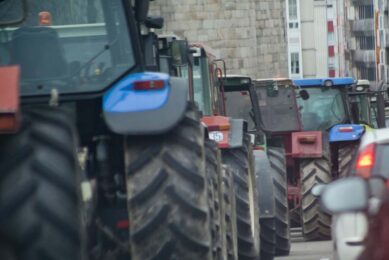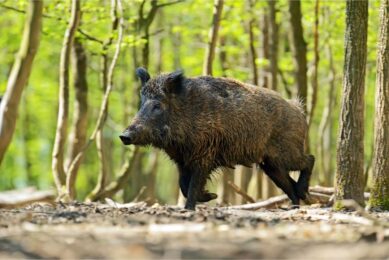Farm visit: 5 years of experience at Flemish trial farm
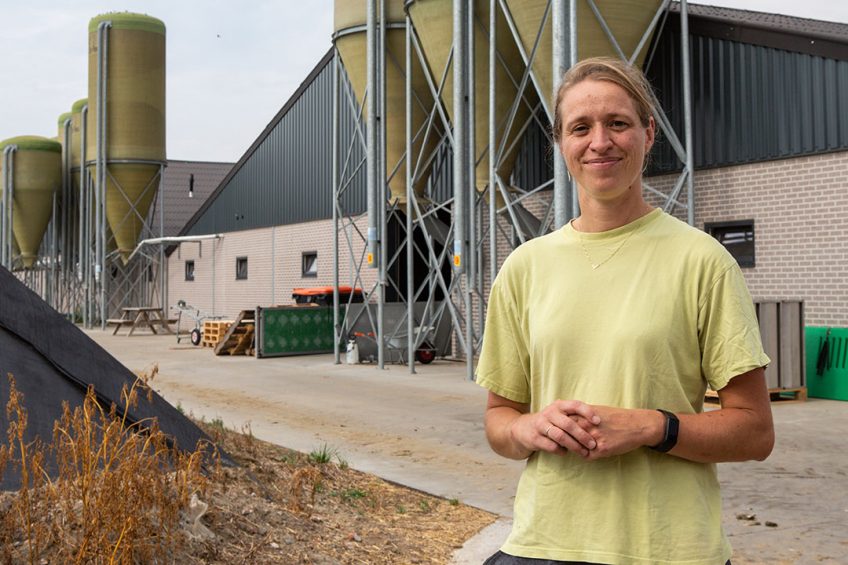
5 years ago, the Flemish Institute for Agriculture, Fisheries and Food (ILVO) in Belgium started up its own pig farm. Would the farm have been built in 2020, different choices would have been made. It is a logical result of experience as well as questions from the field.
The new ILVO pig farm in the Belgian town Melle looks compact in the ILVO’s total barn complex. Despite the limited number of animals, it is a complete and modern farm. “The barn was built five years ago, in cooperation with Ghent University and the city’s University of Applied Sciences, so students could obtain as much practical experience as possible during their studies,” says researcher Marijke Aluwé. She is closely involved with the farm’s operations. “In addition, we needed a location for finishers.”
Research and study goals
The cooperation ensures that the new barn is used for research and study goals. According to Aluwé, during the planning phase for the farm a balance was found between minimal numbers of animals needed for reliable research, practical work and affordability. “That is why we had to make some concessions.”
Especially for sound sow research, numbers are rather low. For finishers however, there are ample possibilities for both management and emission research. For the most part, Aluwé is happy with past choices. With her current knowledge however, she would have partly made different choices. “Because of experience, but also because of other questions and possibilities from the field.”
Adjusted pen sizes
The trial accommodation operates just like a regular farm, only the numbers are smaller, and the pen sizes are adapted for research purposes. Finisher, sow and piglet barns have been separated by a broad aisle, with the hygiene lock and general spaces at the end. A strict working method is in place to prevent the spread of disease in the barns. Weaned piglets have a relatively large part of closed flooring at their disposal. Steering excretion behaviour requires extra attention.

Unit for gestating sows
The unit for gestating sows is an exceptional one. Free access stalls are situated next to an area with straw flooring, where the sows can freely walk around. Aluwé says, “This is a bit more labour intensive, but it is a beautiful sight and the sows thrive.”
That is however, not common practice in Flanders. The numbers are relatively small for research purposes and automatic registration of feed intake is advisable. The farrowing barn is more in line with the daily practice, with 16 sows per unit. There are no free farrowing pens; that debate came a fraction too late in the planning phase. Especially the different forms of optimal piglet feeding are a focus point here.

Piglet mortality
Piglet mortality was quite high at the beginning. Partly that is due in part to the manner of registration as well as the circumstances, says Aluwé. “Through the years a good evolution in these numbers has been established, both by adjusting the sow choice and management.”
The piglet barn has been adjusted with fewer animals per pen, because that is better for getting usable test results (more repetitions). A part consists of large pens, where steering excretion behaviour is a focal point now.

Functional spaces
Aluwé says, “We find it is even harder to create functional spaces with these pen formats.” She would no longer choose a wide trough as a front panel, because it proved tougher to open. With five pigs per pen, the finisher numbers are also low, because the focus lies on pen repetitions. Half of these units is connected to an air scrubber; the other half is fitted with a low emission system with diagonal pit walls.
Soiling remains a focal point. A lower occupancy has already positively contributed. Aluwé says, “We keep searching for new possibilities of pen enrichments, combined with an optimal occupancy.”

Using data
Aluwé expects that the farm will be used for multiple research subjects in the coming years. An important theme is data use. Data are already being recorded in more than one place. All sows, for example, are being weighed by default before and after the gestation barn and water intake is also being digitally recorded.
Aluwé says, “A logical next step is connecting data, analyse them even better and make them practically useable. We also focus on techniques to follow up on certain aspects, such as the litter process. It could also contribute to the improvement of the technical results.”

Decreasing heat stress
A new combination project is focusing on decreasing heat stress, both for gestating sows and heavy finishers. Several heat stress reducing systems are being compared, drip cooling among them. Researchers are also looking into adjustments of the feed and water regimes.
Energy neutral
The aim is to become energy neutral in time. This year, the transition is made to energy-efficient led lighting. The use of a heat pump in combination with solar panels is evaluated within a research project. Aluwé says, “Furthermore, we keep focusing on profitable and sustainable management, while never losing sight of animal health and meat quality.”

With an interactive map Pig Progress takes you around the world one pig production farm at a time.


